Case story
Restricting Differential Settlement in Railways, Wellington, UT
United States, UT, Wellington
Case Study
|
Application |
Rail Differential Settlement in Railways |
Engineer |
Johansen & Tuttle Engineering |
|
Location |
Wellington, UT |
Contractor |
Neilson Construction/Mountain States Contracting |
|
Product |
Mirafi® H2Ri |
Date of Installation (m/y) |
December 2018 |
|
Job Owner |
Price River Terminal (BNSF & UP) |
THE CHALLENGE
The Price River Terminal in Wellington, UT is the Uinta Oil Basin’s newest crude by rail transloading facility. During a portion of the rail extension project, soft clay and silt subgrade was encountered. To exacerbate the poor soils, a retention basin located uphill from the current project area was known to leak and saturate the soils downhill. These soils have the potential to shrink and swell during periods of saturation and drying. The project team was worried by the impending differential settlement of the track due to being located partially on stable subgrade and partially on the weakened moisture sensitive soils. Differential settlement of the track posed safety and financial concerns for the terminal.
THE DESIGN
Construction took place during winter months and the soil was frozen and hard to move, indicating a high moisture content. TenCate Geosynthetics was contacted because the contractor heard of a system, Mirafi® H2Ri, which could help to remove water in unsaturated conditions to construct roadways and other structures. Previous studies conducted by TenCate and other entities proved that reducing moisture in soils which have the potential to swell and shrink, can reduce differential settlement by creating a more uniform moisture content along the area where Mirafi® H2Ri is installed. This active moisture management system will reduce the overall moisture content through continuous moisture reduction. In addition, Mirafi® H2Ri provided continuous separation between the fines in the subgrade soils and the ballast; confinement to prevent lateral spread of the ballast; and high tensile reinforcement to improve the overall capacity of the section to support railroad loading. TenCate and the project team discussed the use of H2Ri to mitigate potential differential settlement of the track. Furthermore, use of H2Ri on other rail projects in the US and Canada, convinced the contractor, subcontractor and engineer that the Mirafi® H2Ri solution would provide a successful and well performing rail extension.
THE CONSTRUCTION
Mirafi® H2Ri was installed at various widths along the track alignment. The overlaps were constructed much like shingles on a roof, so that the water moved from the center of the track at the highest elevation, to the edge of the rail embankment at the lowest elevation. Two rolls of the H2Ri fabric were cut in half with a low speed reciprocating saw to minimize product waste. The fill placement was dictated by one point of site access, where the trucks could enter and begin to place the subballast without tracking directly on top of the fabric. Six inches of subballast was end-dumped from the site access point and spread from the middle outward using low pressure equipment. An additional 15 inches of ballast was placed and compacted (8 inches below the rail tie). The H2Ri fabric was daylighted at the edge of the rail embankment and water will collect into the drainage ditch that was part of the original project design layout. The Mirafi® H2Ri solution allowed the project team to keep working as scheduled without causing delays on the project which they would have encountered if they had to over-excavate the soft clay soils. Even if the soft soils were excavated out, moisture was historically a problem for this section of the track and would have continued to be a threat to optimum performance.
THE PERFORMANCE
The project team expressed that during their discovery phase of evaluating various options, they didn’t find any other solution to keep them on schedule and provide a long-term results to alleviate differential settlement concerns. The contractor noted that installation was simple and since they included a separation geotextile below the ballast in their original plans, the installation of Mirafi® H2Ri did not add any additional construction time or cost to the project. The only additional cost was the material itself, which provided significant savings over the alternative of over-excavating and bringing in stronger fill material. The project was an overall success during installation and during its first thaw cycle in the Spring of 2019. Rail alignment (settlement) and performance will continue to be assessed in years to come.



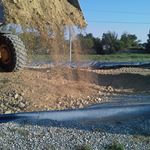
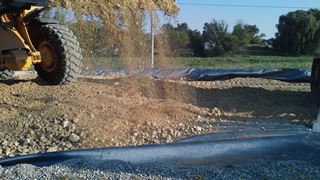
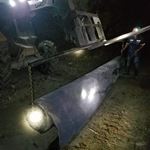
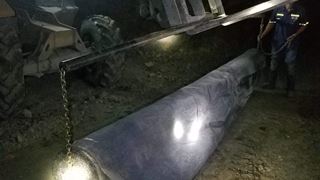
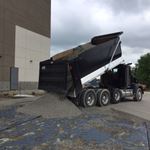
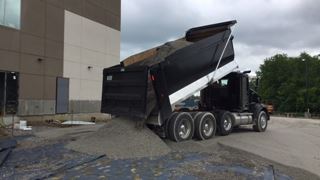
.jpg?w=40&h=40&action=crop)